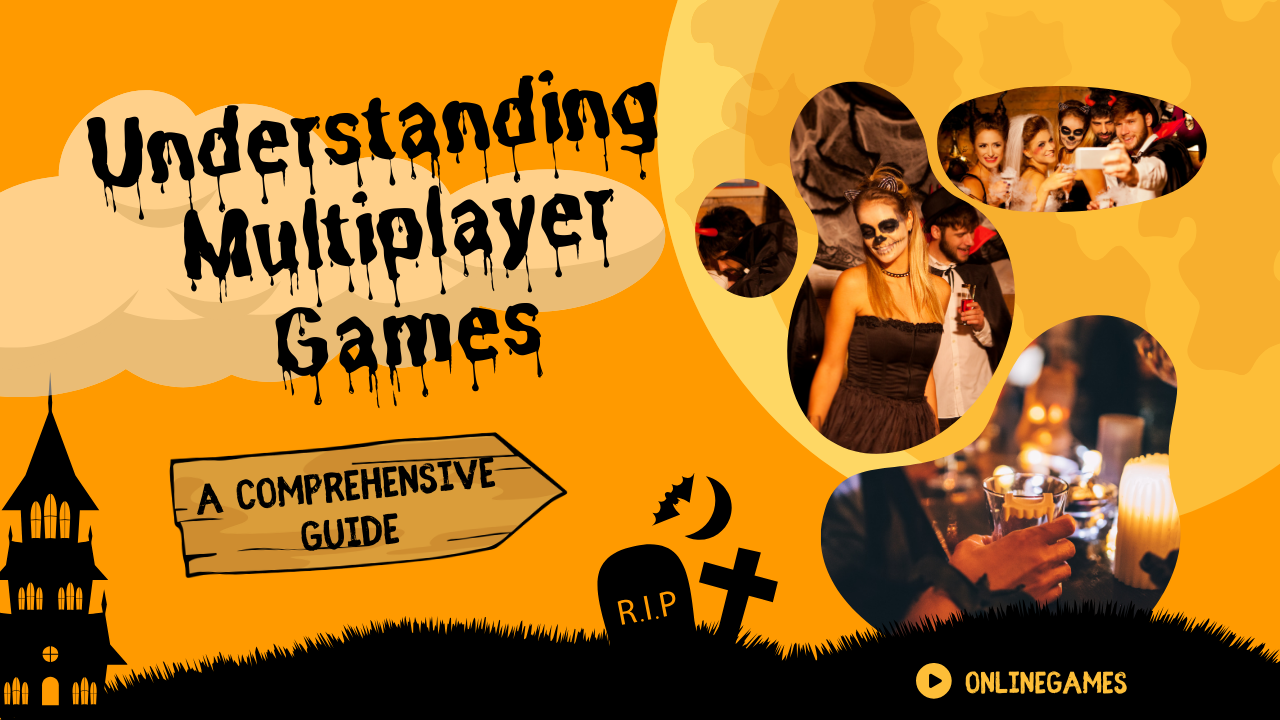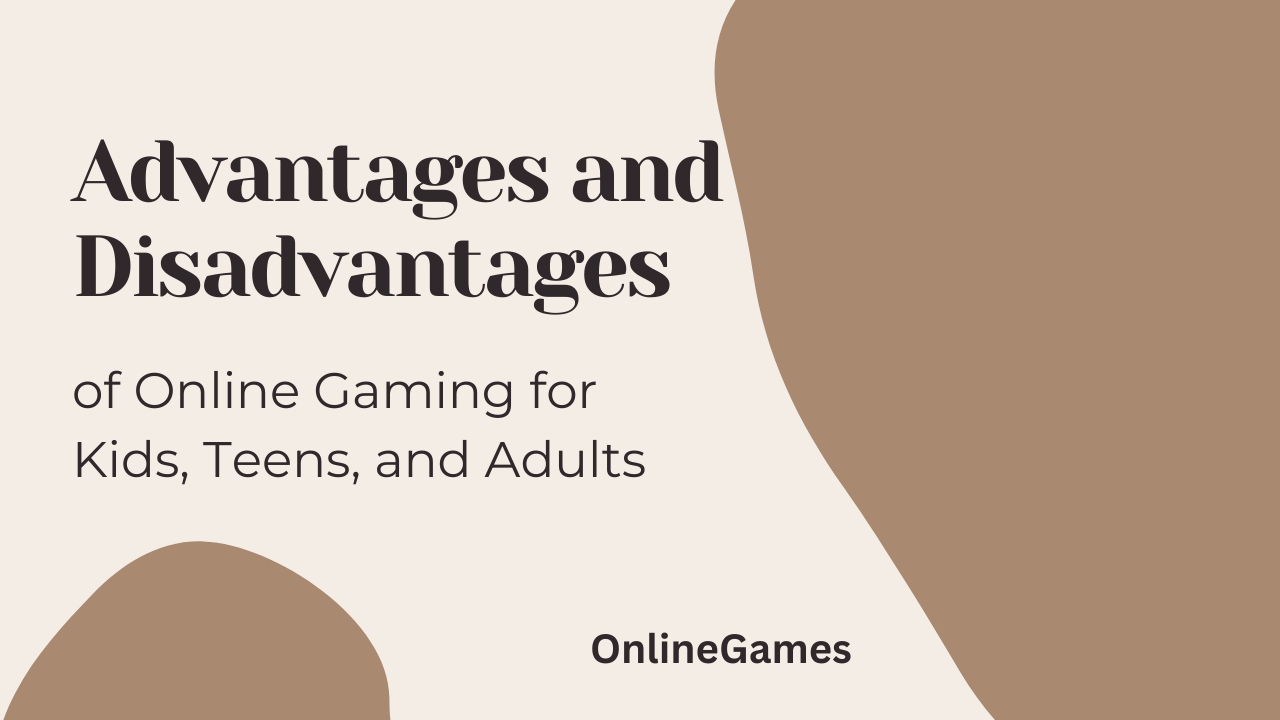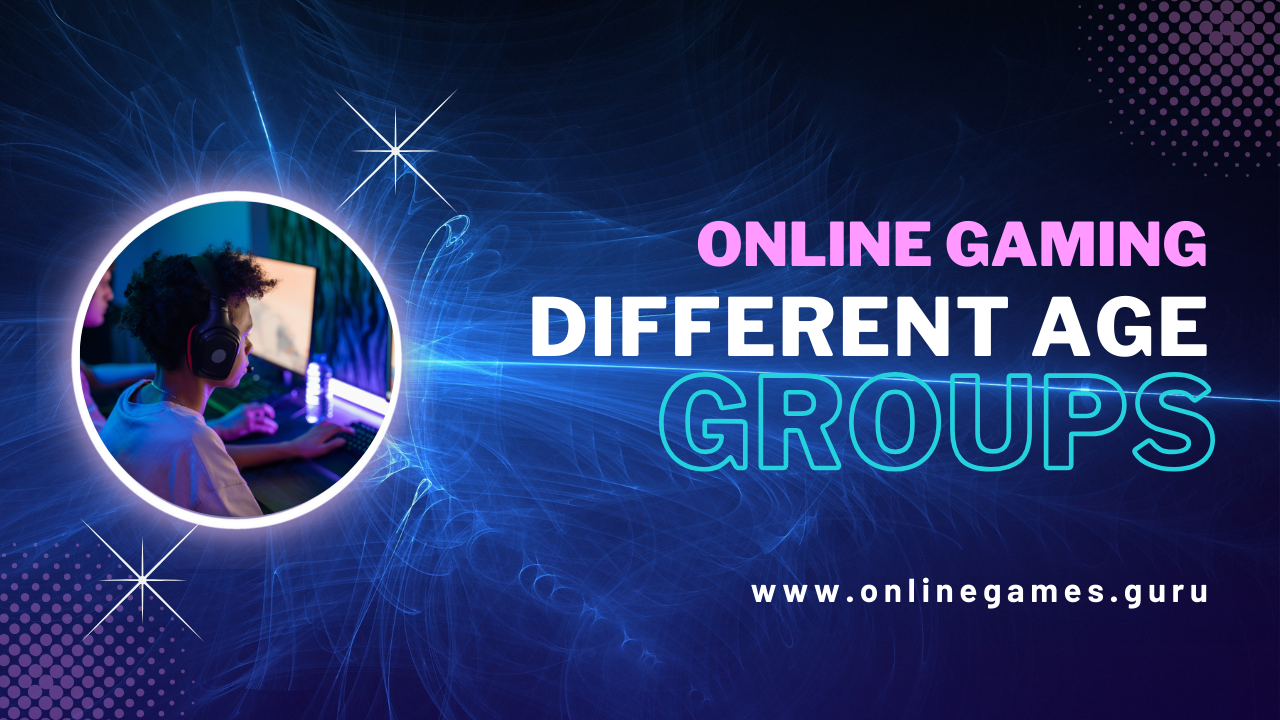In the ever-evolving landscape of digital entertainment, multiplayer games stand out as a defining genre. These games not only provide thrilling gameplay but also foster a sense of community and collaboration among players worldwide. This guide aims to offer a deep dive into the world of multiplayer games, covering their essence, types, mechanics, and the social dynamics they create.
What Are Multiplayer Games?
Multiplayer games are video games that allow multiple individuals to play simultaneously, either competitively or cooperatively, through local or online connections. Unlike single-player games, which focus on a solitary gaming experience, multiplayer games emphasize interaction and engagement between players. This interaction can take various forms, from direct competition to collaborative problem-solving, creating diverse and dynamic gameplay experiences.
Key Characteristics of Multiplayer Games
- Player Interaction: At the core of multiplayer games is the interaction between players. This can range from direct player-versus-player (PvP) combat to cooperative gameplay where players work together towards a common goal.
- Shared Environments: Multiplayer games often feature shared environments where players can encounter each other. These environments can be persistent, meaning they continue to exist and evolve even when players are offline.
- Real-Time Engagement: Many multiplayer games require players to engage in real time, adding an element of immediacy and excitement to the gameplay.
- Community Building: These games often have built-in social features, such as chat systems and forums, that allow players to communicate, form groups, and build communities.
Types of Multiplayer Games
Massively Multiplayer Online Games (MMOs)
MMOs are large-scale games that support thousands of players simultaneously. They feature expansive worlds where players can explore, complete quests, and engage with each other. Examples include World of Warcraft and EVE Online.
Key Features:
- Large, persistent worlds
- Social interaction and community building
- Extensive content and continuous updates
First-Person Shooters (FPS)
FPS games involve combat from a first-person perspective, often in fast-paced, action-packed environments. Multiplayer FPS games, such as Call of Duty and Counter-Strike, emphasize teamwork and strategy in addition to individual skills.
Key Features:
- Real-time combat
- Emphasis on precision and reflexes
- Team-based objectives and modes
Battle Royale Games
Battle royale games involve a large number of players competing in a shrinking play area until only one remains. Popular examples include Fortnite and PUBG. These games combine elements of survival, exploration, and scavenging.
Key Features:
- Large player count per match
- Dynamic and shrinking play areas
- High-stakes and competitive gameplay
Real-Time Strategy (RTS)
RTS games require players to manage resources, build units, and engage in strategic combat. Multiplayer RTS games like StarCraft and Age of Empires are known for their complex gameplay and competitive communities.
Key Features:
- Resource management and unit production
- Strategic planning and execution
- Competitive multiplayer modes
Cooperative (Co-op) Games
Co-op games are designed for players to work together to achieve objectives. These games can range from action-packed adventures to puzzle-solving missions. Examples include Left 4 Dead and Overcooked.
Key Features:
- Focus on teamwork and collaboration
- Shared objectives and goals
- Varied gameplay experiences
Core Mechanics of Multiplayer Games
Networking and Connectivity
One of the fundamental aspects of multiplayer games is networking. The ability to connect players from different locations requires robust infrastructure and technology. Modern multiplayer games use dedicated servers, peer-to-peer connections, or a hybrid approach to ensure smooth and seamless gameplay.
Matchmaking Systems
Matchmaking systems are crucial for ensuring fair and balanced gameplay. These systems match players based on their skill level, experience, and preferences to create competitive and enjoyable matches. Advanced algorithms consider factors like player behaviour, latency, and past performance to optimize the matchmaking process.
Communication Tools
Effective communication is vital in multiplayer games. Many games incorporate voice chat, text chat, and emotes to enable players to coordinate strategies, share information, and build rapport. Communication tools enhance the social aspect of the game, making it easier for players to interact and collaborate.
Game Balancing
Game balancing is the process of adjusting game mechanics, characters, and environments to ensure a fair and enjoyable experience for all players. This involves tweaking various aspects of the game to prevent any one strategy or player from dominating. Continuous feedback and updates are essential to maintain balance in multiplayer games.
The Social Dynamics of Multiplayer Games
Community and Culture
Multiplayer games create vibrant communities where players can share experiences, form friendships, and build a shared culture. These communities often extend beyond the game itself, with players participating in forums, social media groups, and real-world events.
Competitive and Cooperative Play
Multiplayer games offer a unique blend of competitive and cooperative play. While competitive modes foster rivalry and challenge players to improve their skills, cooperative modes encourage teamwork and collaboration. This duality creates a rich and varied gaming experience that appeals to a broad audience.
In-Game Economics
Many multiplayer games feature complex in-game economies where players can trade, buy, and sell virtual goods. These economies often mirror real-world markets, with supply and demand dynamics influencing the value of items. In-game currencies and microtransactions have become a significant aspect of multiplayer gaming, adding another layer of engagement and investment for players.
Esports and Professional Gaming
The rise of esports has transformed multiplayer gaming into a global phenomenon. Competitive multiplayer games like League of Legends and Dota 2 have professional leagues, large-scale tournaments, and substantial prize pools. Esports has not only legitimized gaming as a career but also brought mainstream recognition to the skill and dedication required to excel in multiplayer games.
Technological Advances in Multiplayer Gaming
Cloud Gaming and Streaming
Cloud gaming is revolutionizing multiplayer games by allowing players to stream games over the internet without needing high-end hardware. This technology democratizes access to gaming, enabling more people to participate in multiplayer experiences regardless of their device capabilities.
Virtual Reality (VR) and Augmented Reality (AR)
VR and AR are pushing the boundaries of multiplayer gaming by creating immersive and interactive environments. Games like VRChat and Pokémon GO offer unique multiplayer experiences that blend the virtual and real worlds, providing new ways for players to connect and interact.
Artificial Intelligence (AI) and Machine Learning
AI and machine learning are enhancing multiplayer games by improving matchmaking systems, creating smarter in-game opponents, and personalizing player experiences. These technologies enable more dynamic and adaptive gameplay, leading to more engaging and challenging multiplayer sessions.
The Future of Multiplayer Games
Increased Accessibility and Inclusivity
The future of multiplayer games is likely to focus on increasing accessibility and inclusivity. Developers are working to create games that are accessible to a wider range of players, including those with disabilities. This includes adding customizable controls, adaptive interfaces, and features that cater to diverse player needs.
Expansion of Cross-Platform Play
Cross-platform play allows players on different devices and operating systems to play together. This trend is breaking down barriers between gaming communities, and fostering greater inclusivity and connectivity among players. As technology advances, cross-platform play is expected to become more seamless and widespread.
Integration of Blockchain and NFTs
Blockchain technology and non-fungible tokens (NFTs) are set to revolutionize multiplayer games by enabling new forms of ownership and monetization. Players can own, trade, and sell unique in-game assets, adding real-world value to their gaming achievements and investments.
Multiplayer games have evolved into a cornerstone of modern digital entertainment, offering diverse and engaging experiences for players worldwide. They combine innovative technology with social interaction, creating a dynamic and ever-evolving gaming landscape. As technology continues to advance, multiplayer games will likely become even more immersive, accessible, and interconnected, shaping the future of gaming for years to come.










